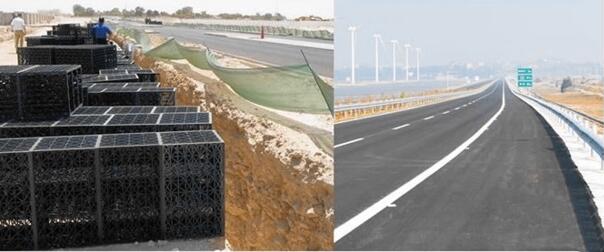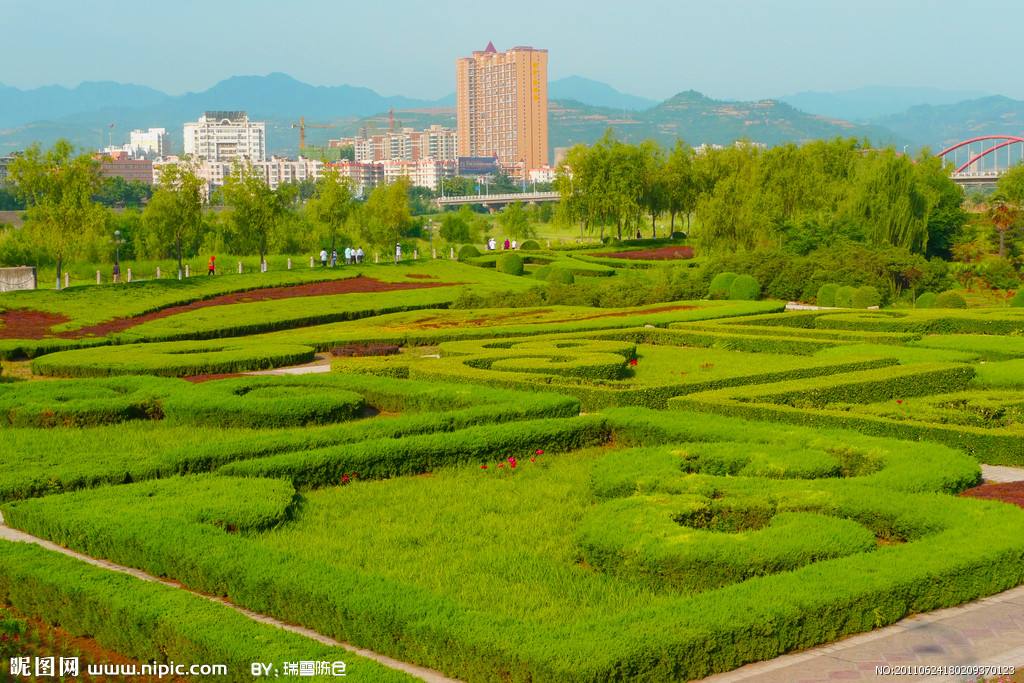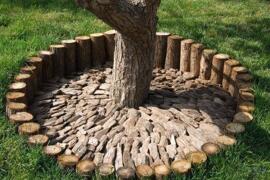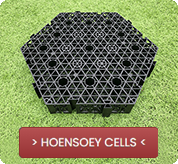Rainwater Collection And Utilization In Road Landscape Design
Roads are an important part of urban construction and an important foundation for urban economic development. Through roads, urban exchanges can also be achieved, and urban economic development can also be driven. Therefore, road landscape design cannot be ignored. At present, the sidewalks of municipal roads in China are basically paved with impervious materials, and the height of some green belts is obviously higher than the height of roads. This type of roadside greening is difficult to achieve rainwater harvesting and utilization. And it even affect the normal drainage of roads, which is also the main reason for the large amount of water accumulated in heavy precipitation weather. Therefore, in the design of road landscape, the collection and utilization of rainwater should be strengthened. The pavement should be paved with permeable materials to reduce the height of greenbelts or isolation belts around the road. It is also possible to increase the relevant water diversion facilities so that rainwater from the pavement can be transferred into the rainwater harvesting underground tanks.
3.2.1 Ecological Tree Pool
The ecological tree pool is a small and low-impact rainwater treatment method. With multi-layer drainage system and trees, it can control the rainwater and beautify the environment. The ecological tree pool has less investment in cost, and it has better effect on collecting and utilizing rainwater, reducing manual adjustment, and using ecological methods to manage precipitation in nature.
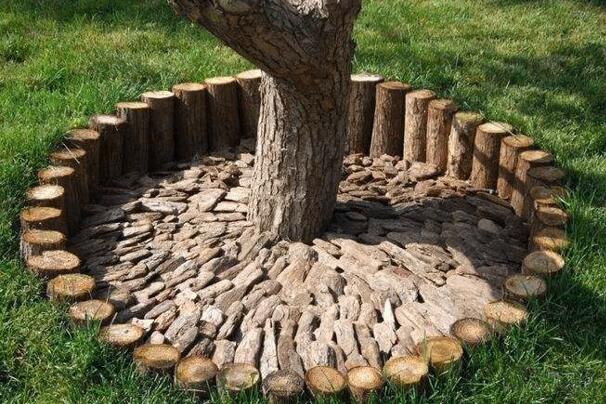
3.2.2 Bioretention
Bioretention is also an important way to collect and utilize rainwater in road garden landscape design. Different types of roads can be selected for different forms of bioretention, and the use of road slopes to set bioretention ports to introduce rainwater, while for some areas with large green space Some multi-functional rainwater storage tanks can be set up, and the green space is small, and some continuous bioretention areas can be selected, which can effectively reduce the volume of rainwater runoff, select some drought-tolerant, and preferably absorb some pollutants. The vegetation can ensure that the entire bioretention zone can not only realize the collection and utilization of rainwater, but also make the overall landscape and the surrounding road environment more harmonious.
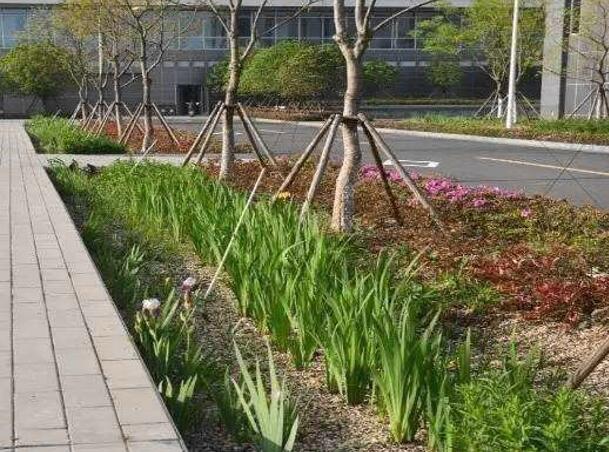
3.2.3 Combination method
In order to make the road garden landscape design more diverse, it is also better to realize the collection and utilization of rainwater, and combine the different conditions of the road greening space to optimize the design of combined measures. The grass-growing ditch is designed at the green belt on both sides of the road, and the greening design in the middle of the road is a bio-retention zone, and the modular tank are installed underground the landscape, so that the combination of the 3wo links can realize the adjustment of the maximum rainwater runoff in a short time, and then discharge into the rainwater pipeline. At some intersections of the road, some grass ditch or bioretention zone can also be designed to enable the transmission of rainwater.
